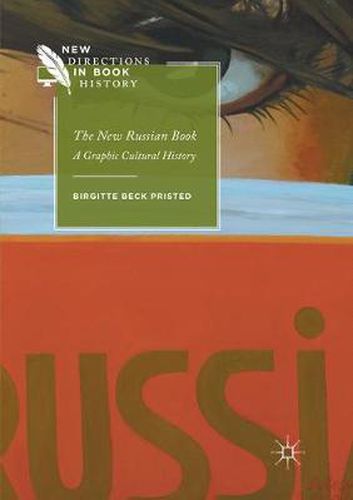Readings Newsletter
Become a Readings Member to make your shopping experience even easier.
Sign in or sign up for free!
You’re not far away from qualifying for FREE standard shipping within Australia
You’ve qualified for FREE standard shipping within Australia
The cart is loading…






This book takes up the obtrusive problem of visual representation of fiction in contemporary Russian book design. By analyzing a broad variety of book covers, the study offers an absolutely unique material that illustrates a radically changing notion of literature in the transformation of Soviet print culture to a post-Soviet book market. It delivers a profound and critical exploration of Russian visual imaginary of classic, popular, and contemporary prose. Among all the carelessly bungled covers of mass-published post-Soviet series the study identifies gems from experimental designers. By taking a comparative approach to the clash of two formerly separate book cultures, the Western and the Soviet, that results both in a mixture of highbrow and lowbrow forms and in ideological re-interpretations of the literary works, this book contributes to opening an East-West dialogue between the fields of Russian studies, contemporary book and media history, art, design, and visual studies.
$9.00 standard shipping within Australia
FREE standard shipping within Australia for orders over $100.00
Express & International shipping calculated at checkout
This book takes up the obtrusive problem of visual representation of fiction in contemporary Russian book design. By analyzing a broad variety of book covers, the study offers an absolutely unique material that illustrates a radically changing notion of literature in the transformation of Soviet print culture to a post-Soviet book market. It delivers a profound and critical exploration of Russian visual imaginary of classic, popular, and contemporary prose. Among all the carelessly bungled covers of mass-published post-Soviet series the study identifies gems from experimental designers. By taking a comparative approach to the clash of two formerly separate book cultures, the Western and the Soviet, that results both in a mixture of highbrow and lowbrow forms and in ideological re-interpretations of the literary works, this book contributes to opening an East-West dialogue between the fields of Russian studies, contemporary book and media history, art, design, and visual studies.